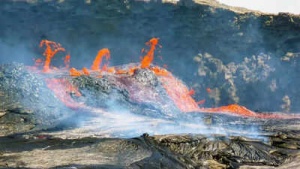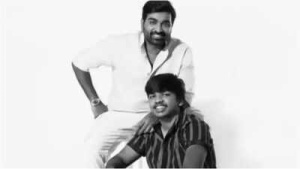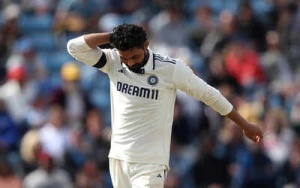Indian cricketer Suryakumar Yadav recently underwent surgery in Europe to address a sports hernia. The 34-year-old announced the procedure on his Instagram, stating, "Life Update: Underwent surgery for a sports hernia in the lower right abdomen. Grateful to share that after a smooth surgery, I’m already on the road to recovery. Can’t wait to be back." But what exactly is a sports hernia, and how does it differ from a regular hernia? Let's delve into the details.

A sports hernia, also known as athletic pubalgia, is a painful injury affecting the soft tissues in the lower abdomen or groin area. Unlike a traditional hernia, a sports hernia doesn't present as a visible bulge. Instead, it involves a tear or strain of muscles, tendons, or ligaments around the groin, resulting in persistent pain that intensifies with sudden movements.
Sports hernias commonly affect athletes like Suryakumar Yadav who participate in sports that require sudden changes in direction, twisting motions, or intense forceful movements, such as batting or fielding.
Traditional inguinal hernias involve an organ or tissue pushing through a weakened muscle, creating a visible lump. In contrast, a sports hernia involves a tear or weakness in the muscles or tendons without any visible protrusion. This makes diagnosis challenging, but the condition causes significant pain and discomfort, especially during physical activity.
The primary symptom is pain in the groin or lower abdomen. This pain can manifest suddenly at the time of injury or develop gradually over time due to repetitive movements. Key symptoms include:

Due to the absence of a bulge and the pain's spread over a wide area, pinpointing the exact location of the hernia can be difficult. The injury may also lead to stiffness and soreness after sports or exercise, hindering continued activity.
A sports hernia results from repetitive movements that strain the muscles and tendons in the lower abdomen and groin. The injury occurs when these soft tissues are stretched or torn due to sudden pelvic twisting.
Common causes include:
Treatment for a sports hernia depends on the severity of the injury. Available options include:
Avoiding activities that cause pain, especially twisting and sudden movements, is crucial for tissue healing. However, this process can be lengthy.
A structured rehab program focuses on strengthening abdominal and hip muscles, improving flexibility, and correcting muscle imbalances. Physical therapy is often the initial approach.
Nonsteroidal anti-inflammatory drugs (NSAIDs) can help alleviate pain and inflammation, although they don't address the underlying issue.
If symptoms persist, surgery might be necessary to repair the torn tissues. Surgical options involve repairing or reinforcing the damaged tendons and muscles around the pubic bone. Surgery typically leads to a positive recovery and a gradual return to sports.
Newer articles
Older articles
 Moto G54 Gets Significant Price Cut in India, Making Budget Smartphone Even More Appealing
Moto G54 Gets Significant Price Cut in India, Making Budget Smartphone Even More Appealing
 Africa's Rift Valley: Mantle Upwelling Drives Continent's Split and Birth of New Ocean
Africa's Rift Valley: Mantle Upwelling Drives Continent's Split and Birth of New Ocean
 X Cracks Down: Over Half a Million Indian Accounts Suspended for Policy Breaches
X Cracks Down: Over Half a Million Indian Accounts Suspended for Policy Breaches
 Vijay Sethupathi Apologizes Amid Controversy Over Son Surya's Debut Film 'Phoenix'
Vijay Sethupathi Apologizes Amid Controversy Over Son Surya's Debut Film 'Phoenix'
 Jadeja's Accuracy Questioned: Ex-India Pacer Slams Spin Strategy in England Test Loss
Jadeja's Accuracy Questioned: Ex-India Pacer Slams Spin Strategy in England Test Loss
 IRCTC's AI Chatbot Revolutionizes Train Ticket Booking, Refunds, and Information Access
IRCTC's AI Chatbot Revolutionizes Train Ticket Booking, Refunds, and Information Access
 Ashada Gupt Navratri 2025: Unveiling Dates, Sacred Rituals & Hidden Significance of the Monsoon Festival
Ashada Gupt Navratri 2025: Unveiling Dates, Sacred Rituals & Hidden Significance of the Monsoon Festival
 Google Maps Enhances Directional Accuracy with Fused Orientation Provider Update
Google Maps Enhances Directional Accuracy with Fused Orientation Provider Update
 xAI to Open Source Grok, Democratizing Access to Musk's AI Chatbot
xAI to Open Source Grok, Democratizing Access to Musk's AI Chatbot
 Android Users Urged to Patch Now: Critical Security Flaws Expose Devices to Attacks
Android Users Urged to Patch Now: Critical Security Flaws Expose Devices to Attacks